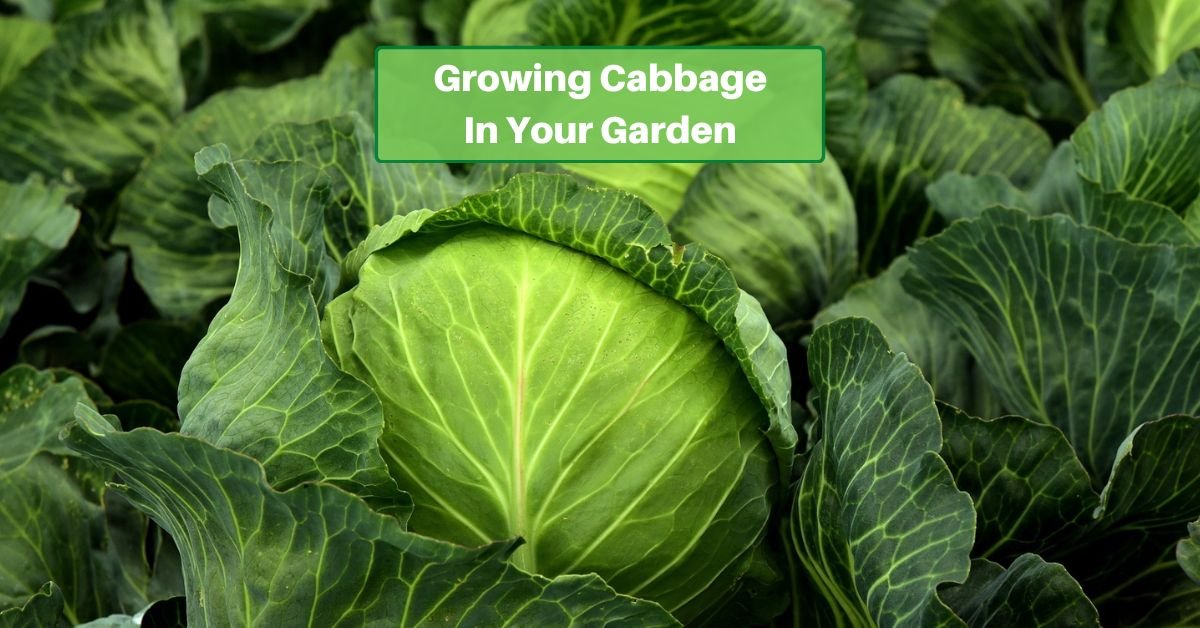Cabbage, with its dense leaves and variety of uses in recipes, is a nutritious addition to any kitchen. And it’s not that tough to grow your own! Let’s have a look at how to successfully grow it in your backyard.
Choosing the Right Time to Plant
Timing is key when planting cabbage. Cabbage thrives in cool temperatures between 45°F and 75°F (7°C – 24°C). That means you’ll be starting and harvesting it earlier in the season.
For spring planting, start seeds indoors 6-8 weeks before the last expected frost date. Transplant seedlings outdoors once they have grown several true leaves and the threat of frost has passed. Fall planting can be done in mid- to late summer.
Preparing the Soil
Cabbage prefers well-drained, fertile soil. Before planting, work the soil about a foot deep.. Adding compost or well-rotted manure will make sure the soil can provide the nutrients your vegetable needs.
Planting Cabbage Seedlings
Transplant cabbage seedlings when they are 4-6 weeks old and have developed a strong root system and several true leaves. Space the seedlings about 12-24 inches apart in rows that are 24-36 inches apart. Plant the seedlings at the same depth they were growing in their containers.
Order Cabbage Seeds Online
Sunlight Requirements
Cabbage thrives in full sunlight. But partial shade is tolerable, especially in hotter climates. Ensure your garden bed receives at least 6 hours of direct sunlight daily for optimal growth and head formation.
Fertilizing and Watering
To get a full, healthy head of cabbage, use a balanced, all-purpose fertilizer before planting. During the growing season, side-dress the plants with additional nitrogen-rich fertilizer every 3-4 weeks to support leafy growth.
It’s also important to have consistent moisture. Water the plants deeply and evenly, making sure the soil stays moist. A soaker hose or drip irrigation can help keep water from falling on the leaves and getting trapped among them. This reduces the risk of disease.
Spacing and Care
Cabbage plants require adequate spacing for proper air circulation and to prevent overcrowding. If the leaves are too crowded, it’s more likely they’ll become diseased. Proper spacing between plants also allows room for the cabbage heads to form.
Pest and Disease Management
Cabbage worms and diseases such as clubroot are some of the big hazards to a successful cabbage crop. Inspect your plants regularly for signs of infestation or disease. Take appropriate measures such as using row covers or applying insecticidal soap if needed.
Harvesting Cabbage
Be sure to wait until the right time to harvest your cabbage. Cabbage heads are typically ready for harvest when they feel firm and solid. Gently squeeze the head to determine its readiness; a mature cabbage head will not yield to pressure.
To harvest, use a sharp knife to cut the head at the base. Leave a few outer leaves attached to the head to prolong storage.
Growing cabbage in your home garden can lead to many tasty meals. With proper preparation and care, you’ll be able to grow large, healthy heads.. From coleslaw to stir-fries, your homegrown cabbage will add a burst of nutrition and flavor to your meals.










